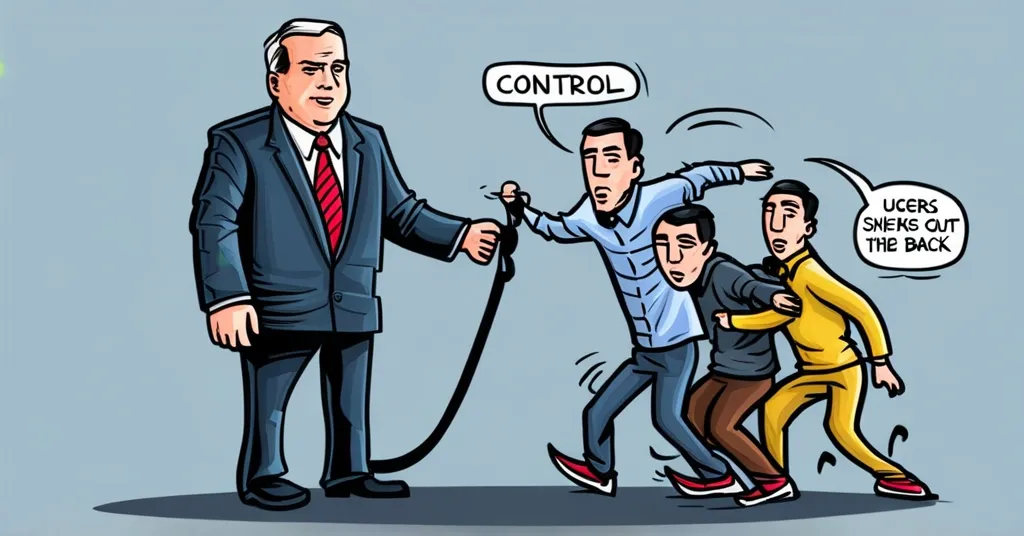Vitalik Buterin Praises Soneium: Sony’s L2 Launch Sparks IP Rights Debate

Vitalik Buterin Praises Soneium as a Transparent Demonstration of L2 Capabilities
Vitalik Buterin, the mastermind behind Ethereum, recently praised Sony’s Soneium Layer 2 (L2) launch on social media, highlighting it as a showcase of how L2 solutions can benefit both businesses and users. This endorsement has sparked discussions on corporate control versus user freedom within blockchain ecosystems, particularly with Soneium’s unique approach to intellectual property rights.
- Vitalik Buterin praises Soneium’s L2 launch
- Soneium, a Sony project, part of Optimism super chain
- Token freezing implemented for IP rights infringements
What is Soneium?
Soneium represents Sony’s bold venture into the Ethereum ecosystem, operating as an L2 chain within the Optimism super chain. Currently at Stage 0 of decentralization—an early stage of development with central control still in place—Soneium is already making waves by gaining value on its blockchain network. The launch introduced tokens like WALKMAN and various PlayStation-related tokens, which faced freezing due to IP rights infringements.
For those new to blockchain lingo, L2 solutions are like sidekicks to the main blockchain (like Ethereum), helping to scale up transaction speeds and reduce costs. Stage 0 means Soneium is still figuring out how to dance to the beat of decentralization, with Sony still calling the shots.
Vitalik Buterin’s Endorsement
Buterin’s praise highlights Soneium’s potential to navigate the tricky balance of censorship and IP rights. He tweeted,
The @Soneium situation is a good live demonstration of how launching an ethereum L2 is great for businesses *and* users. Businesses can make very fine-grained choices around how much control they keep vs give to users.
This sentiment underscores the delicate balance between corporate governance and the principles of decentralization. Buterin’s nod to Soneium isn’t just a pat on the back; it’s a signal that the crypto community is watching closely how this experiment unfolds.
IP Rights and Token Freezing
Soneium’s operational model includes the ability to freeze tokens that infringe upon intellectual property rights. However, it’s not a draconian measure; a 12-hour grace period is provided, followed by an opportunity for developers to appeal the decision. This approach maintains transparency but raises questions about corporate control over blockchain networks. Imagine if your favorite sci-fi gadget suddenly got frozen because it looked too much like a WALKMAN—now that’s a plot twist!
Token freezing is essentially putting a digital asset on ice. If someone launches a token that steps on Sony’s IP toes, Soneium can freeze it, giving the developer a chance to sort things out or appeal. It’s like a timeout for naughty tokens.
Decentralization and Control
Despite Soneium’s efforts to maintain control, users with the requisite technical know-how can bypass its censorship mechanisms by directly pushing transactions to Ethereum. This option, while empowering for users, underscores the ongoing tension between maintaining a decentralized ethos and accommodating business needs. It’s like sneaking out the back door when the party gets too corporate.
Implications for Blockchain
As Soneium continues to operate and evolve, it serves as a fascinating case study in the broader blockchain ecosystem. It not only showcases the potential of L2 solutions in enhancing the usability and scalability of networks like Ethereum but also exemplifies the challenges in integrating corporate interests with the decentralized nature of blockchain technology. Soneium might be Sony’s playground, but it’s setting the stage for how big businesses can play in the blockchain sandbox.
Key Takeaways and Questions
What is the significance of Soneium’s launch in the context of Ethereum’s L2 solutions?
Soneium’s launch demonstrates how L2 solutions can cater to both business needs and user interests, showcasing a balance between control and transparency.
How does Soneium handle token freezing and IP rights infringement?
Soneium freezes tokens that infringe on IP rights after a 12-hour grace period, allowing developers to appeal the decision and comply with regulations.
What stage of decentralization is Soneium at, and what does this mean for its operations?
Soneium is at Stage 0 of decentralization, meaning it is still working towards achieving fully decentralized security. This impacts its operations as it remains more centralized and controlled by Sony.
What are the implications of Soneium’s token censorship for the broader blockchain ecosystem?
Soneium’s approach to token censorship highlights the ongoing debate over control, censorship, and user rights within blockchain ecosystems, serving as a case study for how corporations might integrate with decentralized technologies.
How can users bypass Soneium’s censorship mechanisms?
Users with technical knowledge can bypass censorship by directly pushing transactions to Ethereum, forcing them to go through without Soneium’s intervention.
What are the potential downsides of Soneium’s model?
While innovative, critics argue that Soneium’s approach to IP rights could stifle the freedom that blockchains are meant to uphold, creating a centralized control that goes against the ethos of decentralization.
Counterpoints and Critical Thinking
While Soneium’s model is praised for its transparency and balance, playing devil’s advocate, it’s important to consider the potential downsides. Some argue that Soneium’s token freezing mechanism might be a slippery slope towards increased corporate control over blockchain networks. This could stifle the very freedom and innovation that drew many to the crypto world in the first place. Moreover, while Stage 0 decentralization is a starting point, the journey to true decentralization is fraught with challenges, and it remains to be seen how Soneium will navigate this path without Sony pulling too many strings.
As the blockchain landscape shifts and evolves, projects like Soneium will undoubtedly play a pivotal role in shaping how businesses and users interact with decentralized technologies. Buterin’s endorsement not only validates Soneium’s approach but also ignites a broader conversation about the future of corporate involvement in blockchain ecosystems. While the path forward may be challenging, the potential for innovation and growth in this space remains undeniably exciting, and for those of us who believe in the power of decentralization and effective accelerationism, it’s a thrilling ride to watch.



